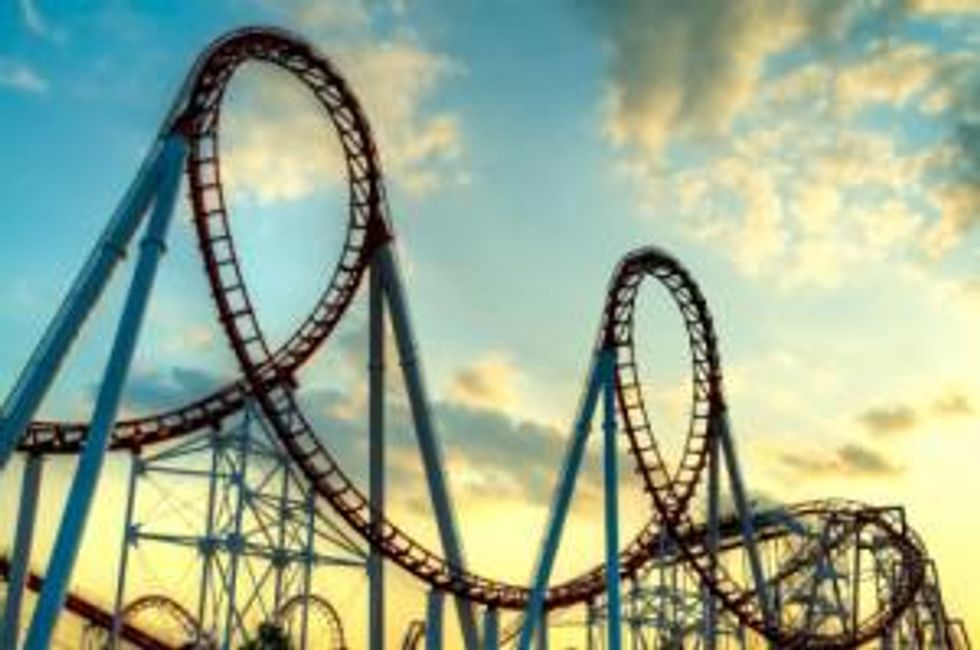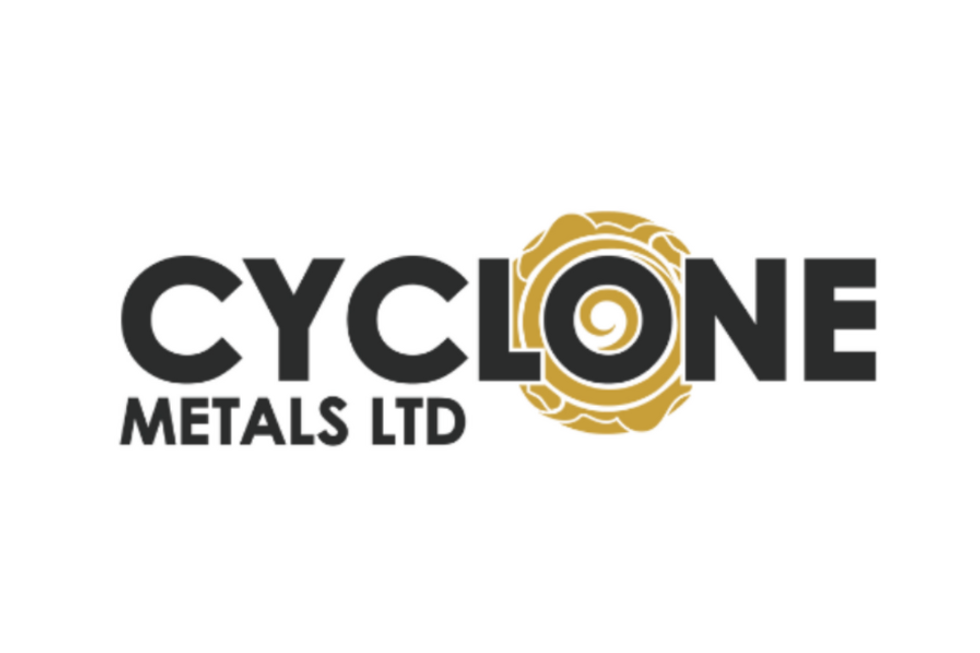Prices have hit both 15-month highs and three-year lows in the last five months, leaving investors wondering what’s next.
To say iron ore has been volatile lately would be an understatement. In early September, the price for benchmark iron ore (with 62-percent metal content) plunged to a three-year low of $86.70 per metric ton (MT). A year earlier, it traded as high as $180.
That raised concerns about a further fall as the sluggish global economy lowered demand for the metal, which is the main ingredient in steelmaking. However, as is the case with many resources, China has a big impact on prices — it consumes roughly 65 percent of the world’s iron ore exports — and developments in the country quickly shifted conditions back into the metal’s favor.
An exceptionally cold winter slowed China’s domestic iron ore production, forcing it to rely more heavily on imports. That, combined with a surge in restocking activity at the country’s steel mills, helped send iron ore on a nearly uninterrupted four-month run that culminated in a 15-month high of $158.50 per MT on January 8. Since then, the metal has slipped to around $145 per MT, again on concerns about weaker Chinese demand, according to Australia’s PerthNow. But even with the drop, iron ore is still up about 67 percent from September’s low.
Lower Chinese inventories should help support prices in 2013
At the same time, iron ore inventories held at Chinese ports have continued to fall, from over 95 million MT in September to around 70 million today, according to data from The Steel Index. That tighter supply is helping support prices in the near term. However, many analysts are still predicting lower iron ore prices by the end of the year.
Iron ore prices will average $125 per MT in 2013, slightly lower than last year’s average of $128, according to a recent Reuters poll of 17 analysts. China’s crude steel output is forecast to rise 5 percent this year, to 749 million MT, but there are concerns that this amount won’t be enough to take up the slack from new iron ore projects that are slated to start up in the next few years. Goldman Sachs (NYSE:GS), for example, forecasts a surplus of 20 million MT of iron ore this year, rising sharply to 215 million MT by 2016.
As a result, a number of banks have released reports that point to softening prices in the second half of 2013. JPMorgan Chase (NYSE:JPM), for example, forecasts an average iron ore price of $120 in the fourth quarter, down from $145 in the first quarter. Deutsche Bank (NYSE:DB) is somewhat more bullish and sees prices climbing to $170 in the first half before falling below $120 in the latter part of the year.
Still, investors should be careful to keep these predictions in perspective. “There are new mines coming on, especially toward the end of the year, so we might see some weakness there,” Hsi Han Pin, global head of commodities research at Standard Chartered (LSE:STAN), said in a January 21 Bloomberg article. “But are we seeing iron ore prices trending downward, say, below $100? No, we are not.”
Despite its prediction of a rising surplus, Goldman continues to see stronger prices this year, with a forecast average of $144, up from its earlier prediction of $140, another Bloomberg article notes.
“Strong demand growth in China has induced the development of low-grade, high-cost operations that require relatively high prices in order to remain viable,” Goldman analyst Christian Lelong said in a January 18 article in The Australian. “As long as those mines remain in operation, we believe the seaborne price will be supported at a high level.”
Lelong also said that while oversupply is a concern, its impact likely won’t be fully felt for another two years. Goldman currently expects iron ore prices to drift down to $126 in 2014, $90 in 2015 and $80 in 2016.
Majors remain undaunted
One major producer that continues to raise its production is Rio Tinto (NYSE:RIO,ASX:RIO,LSE:RIO). On January 15, the company reported that it had produced 253 million MT of iron ore in 2012, up 4 percent from 2011. That included 239 million MT from Australia’s Pilbara region, which accounts for 40 percent of annual global iron ore exports. In December, Rio said that it is on track to expand its production capacity in the area to 290 million MT by the end of this year and 360 million MT by 2015.
BHP Billiton (NYSE:BHP,ASX:BHP,LSE:BLT), which also gets a significant amount of its production from the Pilbara, produced 81.9 million MT of iron ore in the second half of 2012, the miner said in a January 23 press release. That’s up 2 percent from the last six months of 2011. The company forecasts a 5-percent production increase in its 2013 fiscal year, which ends June 30, to 183 million MT. BHP also said that it has completed port upgrades that will let it boost its capacity to 220 million MT, and the expansion of its Jimblebar mine, which is set to start up in March 2014, should push its output up to that level.
Lower iron ore prices had prompted BHP to put off a $20-billion expansion of its facilities at Australia’s Port Hedland last year. The project would have eventually doubled the company’s iron ore capacity to around 440 million MT per year. Instead, BHP is focusing on getting more out of its current operations.
“The aspiration would be, just by squeezing our current infrastructure with modest capital investments across our business, to be able to achieve around the 260 million tonne mark,” Jimmy Wilson, president of BHP’s iron ore business, said in a November 15 Sydney Morning Herald article.
Vale CEO sees a steadier market in 2013
Meanwhile, Murilo Ferreira, CEO of Brazil’s Vale (NYSE:VALE), the world’s leading iron ore producer, remains optimistic about the metal’s prospects. “I don’t see a scenario that is as pessimistic as in September 2012, or as exuberant as 2008 and 2010, when prices reached $200,” he said in a January 10 Bloomberg article.
In November, Vale received approval to expand the capacity of the Carajás railway in Brazil, which will increase the line’s shipping capacity to 230 million MT per year. In addition, to improve its access to the Chinese market, the company is reportedly considering building an iron ore distribution center at a port in Southern China where steelmaker Baosteel is building a new production facility.
Securities Disclosure: I, Chad Fraser, hold no positions in any of the companies mentioned in this article.
Related reading:

